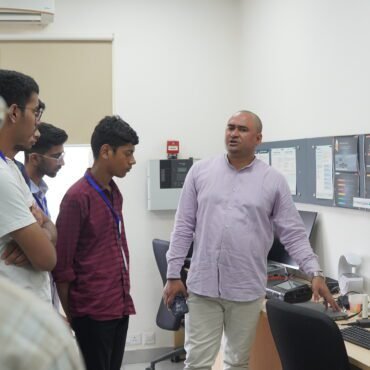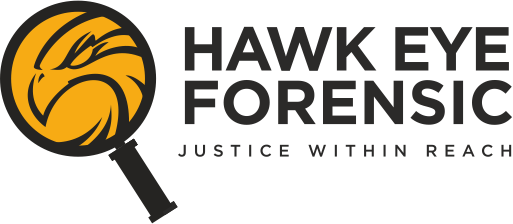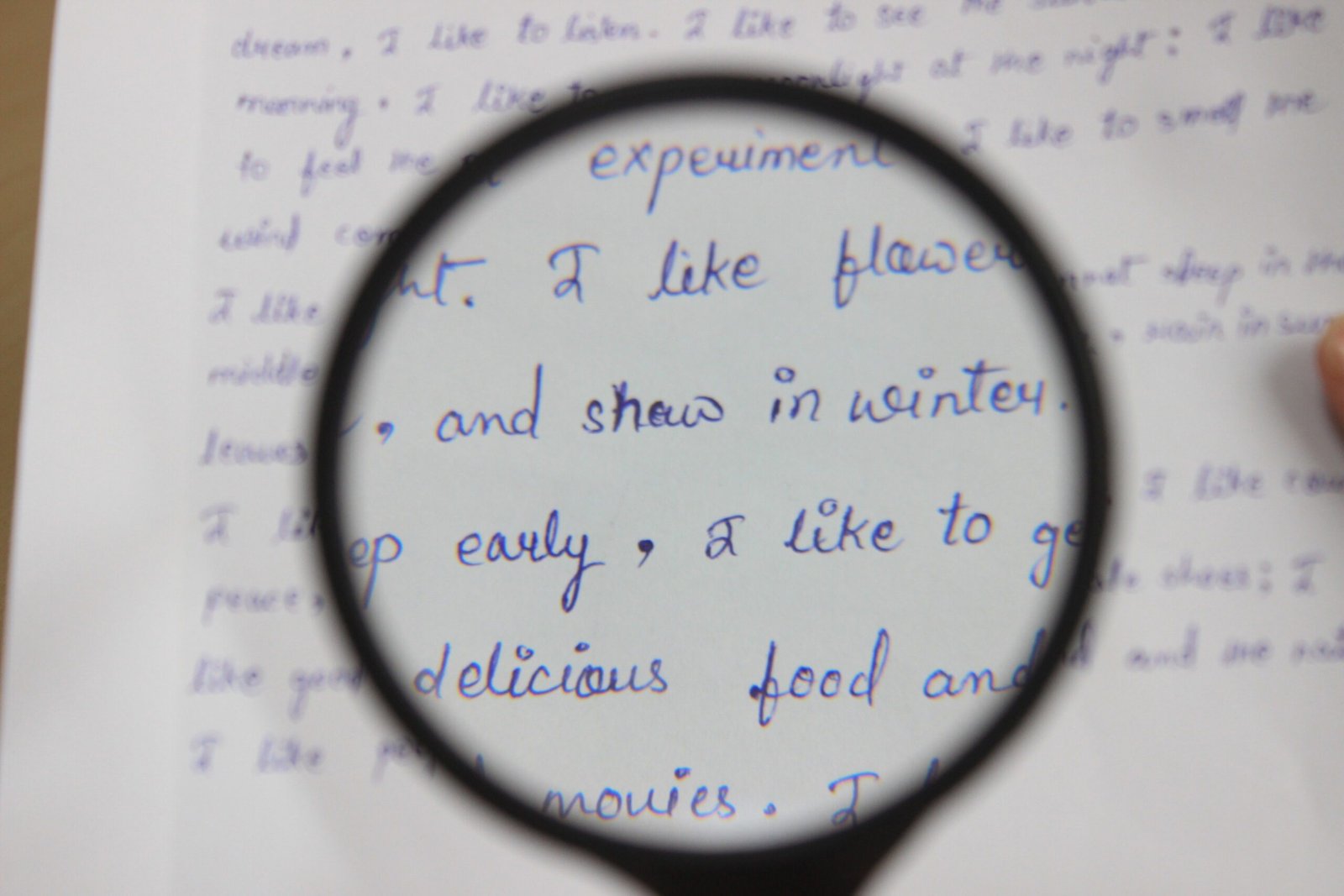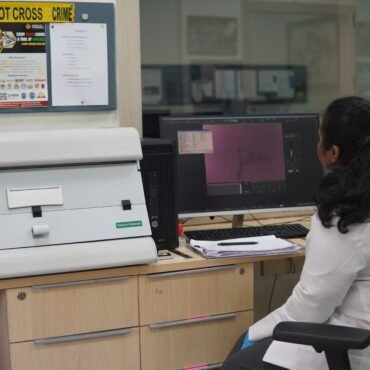Introduction
In today’s world of increasing digital and physical frauds, handwriting experts play a critical role in uncovering the truth behind disputed documents. Whether it is a forged signature on a will, a tampered cheque, or altered business agreements, expert forgery detection is vital in legal and corporate investigations. Forgery involves the intentional creation or alteration of a document, signature, or any form of writing to mislead others. It is not limited to handwritten materials but also includes fake legal papers, counterfeit currency, modified ID cards, altered contracts, and forged artwork. In both legal and criminal contexts, detecting such deception is a core task for forensic document examiners. Through the science of questioned document examination, forensic professionals identify tampered materials and determine authenticity using specialized methods.
Types of Forgery
Forgery can take various forms depending on how and where it’s done.
- Signature Forgery: Faking someone’s signature is one of the most common forgeries. It can occur in different ways:
- Imitated Forgery: copying the original signature by closely observing it.
- Traced Forgery: outlining the genuine signature using tracing tools.
- Freehand Forgery: signing without tracing, but aiming to resemble the original.
- Digital Forgery: using image-editing software to insert scanned signatures.
- Document Forgery: This refers to tampering with or producing fake documents such as:
- Altered Documents: original content is changed (dates, values, text).
- Fabricated Documents: entirely made-up documents.
- Stamp & Seal Forgery: Fraudulently replicating official seals or rubber stamps on documents for illegal purposes.
- Financial Forgery: Falsifying cheques, currency notes, and other financial records for monetary gain.
Forgery detection is essential in multiple fields:
- Legal Disputes: such as contested wills or property ownership.
- Financial Investigations: dealing with forged cheques or documents.
- Corporate Fraud Cases: such as employee or vendor document manipulation.
- Government & ID Verification: spotting fake licenses or official papers.
- Criminal Cases: where falsified evidence is produced


Fig. 1. Alteration (overwriting & addition) in the amount enhanced by microscope.
Techniques Used to Detect Forgery
Detecting forgery is a multidisciplinary process involving both visual examination and instrumental analysis.
1. Handwriting and Signature Examination
- Comparison of questioned writing with known samples.
- Analysis of letter formation, pen pressure, line quality, slant, spacing, and fluency.
- Detection of hesitation, tremor, unnatural pen lifts, and inconsistency.
2. Microscopic Examination
- Use of stereomicroscope or comparison microscope to detect erasures, alterations, and indentations.
- Identifies pressure patterns, ink deposits, and layering.
- Ultraviolet and Infrared Light Testing
- Using UV and IR light to detect erased content, ink differences, or hidden alterations.
- Ink and Paper Analysis
- TLC (Thin Layer Chromatography) helps identify and compare ink types.
- Indentation Analysis
- Devices like ESDA reveal impressions left on pages beneath the original writing.
- Digital Examination
- Identifying manipulated images, cloned signatures, and tampered metadata using forensic software.
- Alteration examination
- The Video Spectral Comparator (VSC) is a forensic tool used to examine documents under various light sources like UV and IR. It helps detect alterations, differences in ink, hidden writing, and security features.
Equipment Used in Forgery Examinations
Forensic experts use a range of specialized tools, including:
- Stereomicroscopes & Comparison Microscopes
- Video Spectral Comparator (VSC)
- Electrostatic Detection Devices (ESDA)
- UV/IR Light Sources
- TLC Kits for Ink Differentiation
- Digital Forensics Software Tools
Admissibility in Court
Under Section 39 of the BSA, 2023, the opinion of a forensic handwriting or document expert is considered admissible in court. Judges often depend on scientific and expert-backed analysis when evaluating the authenticity of disputed documents.
Why Choose Hawk Eye Forensic for Handwriting Analysis?
Certified Handwriting Experts
Our team comprises court-recognized handwriting and signature experts with years of experience working with law enforcement, legal professionals, and private clients.
Scientific Methods and Advanced Tools
We employ advanced forensic technologies like VSC (Video Spectral Comparator), stereo microscopes, and digital imaging systems to perform precise analyses.
Court-Admissible Expert Reports
One of the biggest concerns clients face is whether the forensic report is admissible in court. At Hawk Eye Forensic, our expert opinions are provided in compliance with Section 39 of the Bharatiya Sakshya Adhiniyam (BSA), 2023 (formerly Section 45 of the Indian Evidence Act), which recognizes expert opinion as valid evidence in court proceedings.
CONCLUSION
Forgery is a silent yet potent form of fraud that can alter the course of justice, ruin reputations, and cause serious financial damage. Fortunately, with the advancements in forensic science and the expertise of trained handwriting examiners, even the most sophisticated forgeries can be detected and exposed.
At Hawk Eye Forensic, we combine technology, skill, and legal knowledge to offer end-to-end forgery detection services. Whether you’re dealing with a disputed signature on a legal will, a falsified financial document, or a digitally altered contract, our experts are here to ensure that the truth comes to light.







Post comments (0)